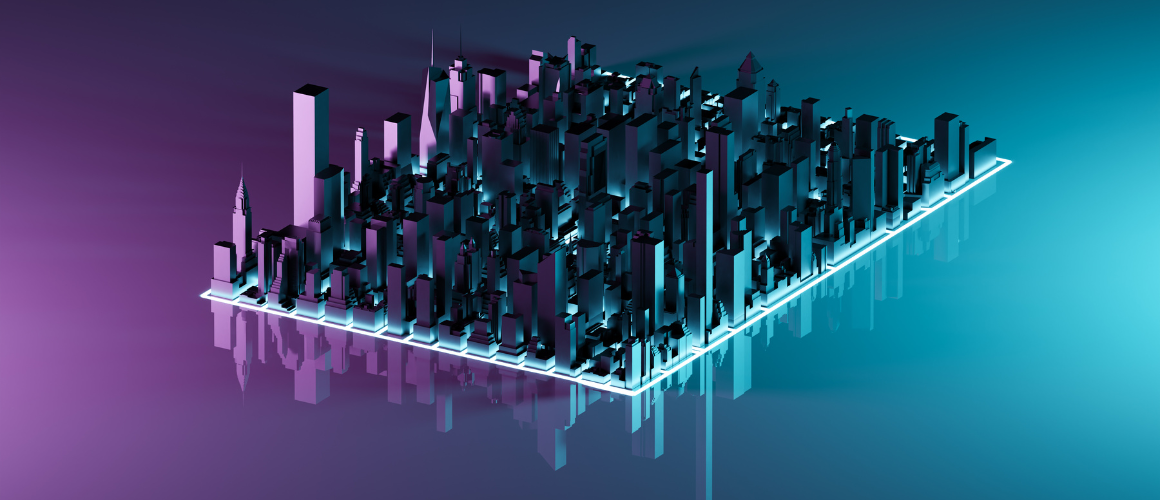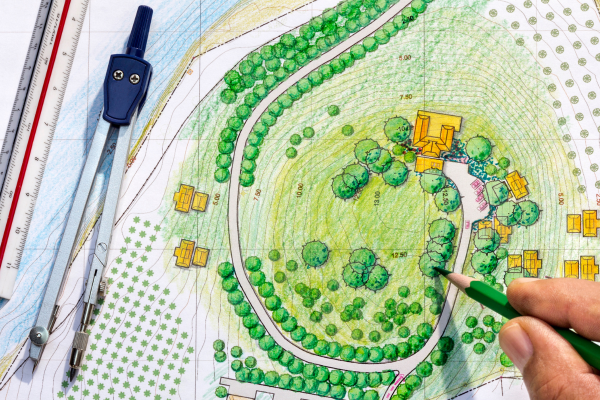
Designing Emotions: How Architecture Shapes Our Lives
Imagine stepping into a building and feeling like it's telling you a story. That's what architecture does. It's not just about walls and roofs; it's about the spaces where we live, work, and play. These spaces tell us about who we are, how we connect with others, and what matters to us.
In this article, we're diving into the story of architecture. How it shapes our daily lives, our communities, and even our mood. We'll see how smart design can make us happier, help our planet, and bring us together in ways we might not expect. So, let's explore how architecture goes beyond buildings to touch our lives and hearts. Architecture is more than just buildings and designs; it's a force that shapes our society. Imagine walking through a city. The spaces between buildings, the height of a tower, the layout of a park – they all tell a story about the people who live there. These spaces can make us feel welcome or out of place, inspired or indifferent.
Good architecture brings people together. It creates spaces that are not just to pass through, but to stop, look around, and feel a part of something bigger. Like a square where people gather to celebrate or a bridge that connects two parts of a city, architecture can turn spaces into places where community life happens.
But it's not just about creating pretty spaces. Architecture affects how we feel, how we interact with each other, and even our health. Studies have shown that well-designed spaces can make us happier, more productive, and less stressed. For example, a building designed with lots of natural light and open spaces can lift our spirits and encourage us to connect with others.
Architecture also tells the story of our society's priorities and challenges. From buildings that are designed to be environmentally friendly to those that reflect cultural values, architecture gives us insight into what a society values most.
So, the impact of architecture on society is profound. It shapes not just our physical world but our social connections, our well-being, and our collective identity. Every design, every building, every space plays a part in the ongoing story of humanity. Let's make sure it's a story of inclusion, sustainability, and community.
Every room, building, and space we enter has a little magic that can change how we feel. Think about it. A cozy room with soft lighting and warm colors makes us feel safe and relaxed. A bright, airy space with big windows and plants can lift our spirits and boost our energy. That's architecture at work on our well-being.
It's not just about looks, either. How a place is designed affects our health and happiness. Good design considers things like how much natural light we get, the air quality, and even how we move around in a space. These things can help us feel better, both in our minds and our bodies.
Even more, the spaces we spend time in can inspire us. A well-designed school can make learning more exciting. A thoughtfully planned office can make us more creative and productive. It's all about creating environments that help us live our best lives.

But here's something special: our surroundings can also calm us down and make us happier. Ever felt peaceful in a garden or inspired in a museum? That's architecture speaking to us on a deeper level. It reminds us of the beauty in the world and our connection to it.
So, architecture does much more than just give us places to live and work. It shapes our daily experiences, influences our health, and touches our hearts. It's a powerful tool for well-being, showing us that beauty and thoughtful design can make our lives better in so many ways.
In today's world, technology and the environment are at the heart of architectural innovation. As we face global challenges like climate change, architects and designers are turning to technology not just to imagine the future but to build it.
Think of buildings that breathe, parks that clean the air, and homes that produce more energy than they consume. These aren't dreams; they're real, thanks to the smart use of technology. Solar panels that blend into roofs, walls that adjust to the sunlight, and systems that recycle rainwater are turning buildings into partners in sustainability. It's about making spaces that not only serve us but also care for the planet.
But it's not all high-tech gadgets. Sometimes, the best technology is the oldest, like using natural ventilation instead of air conditioning or designing buildings to make the most of sunlight. The key is combining the best of the new with the wisdom of the old to create spaces that are both innovative and in harmony with the environment.
And then there's how technology changes the way we design. With virtual reality, architects can step into their buildings before they're even built, testing ideas and finding problems when they're still easy to fix. It's like having a time machine that helps make our buildings better.
So, the role of technology and the environment in architecture is all about balance. It's finding ways to use our techy tools to make life better while respecting the planet that gives us a home. It's about creating spaces that look to the future without forgetting the lessons of the past.

Design isn't just about making things look good; it's about feeling good in the spaces we call our own. Our personal spaces, like our homes and offices, aren't just backdrops for our daily lives—they're active players. The colors of our walls, the light through our windows, even the layout of our furniture can change how we feel and act.
Consider how a cluttered room makes us feel stressed, while a minimalist space can bring a sense of calm. Or how a room with family photos and personal mementos can lift our spirits. It's the power of design at work, turning ordinary spaces into reflections of our lives and aspirations.
Good design also makes our lives easier. Imagine a kitchen where everything is just where you need it, or an office designed to help you focus and be creative. These aren't happy accidents. They're the result of thoughtful design, considering how we live, what we need, and how our spaces can support us.
But the magic of design goes beyond functionality. It's about creating spaces that tell our stories, spaces that make us feel seen and understood. Whether it's a cozy reading nook that becomes your escape or a bustling kitchen that's the heart of your home, design has the power to transform not just spaces but also our experience of them.
So, let's not underestimate the power of design in our personal spaces. It's not just about the beauty on the surface but about deepening our connection to our environments, making every day a little bit better.
Through our journey in understanding architecture, we've seen it's not just about structures but about the stories, connections, and impacts these spaces have on our lives. Architecture shapes our society, influences our well-being, harnesses technology and the environment for a sustainable future, and personalizes our living spaces to reflect and support our lives.
Remember, every building, every room, every space has a story, and with thoughtful design, these stories can enrich our lives in countless ways. As we move forward, let's appreciate the architecture around us—not just for its aesthetic appeal but for its ability to shape our communities, protect our planet, and make our personal spaces more meaningful. The power of architecture is immense, weaving together the fabric of our daily experiences and echoing the essence of human creativity and connection. Let's keep exploring, designing, and appreciating the spaces that tell our story.